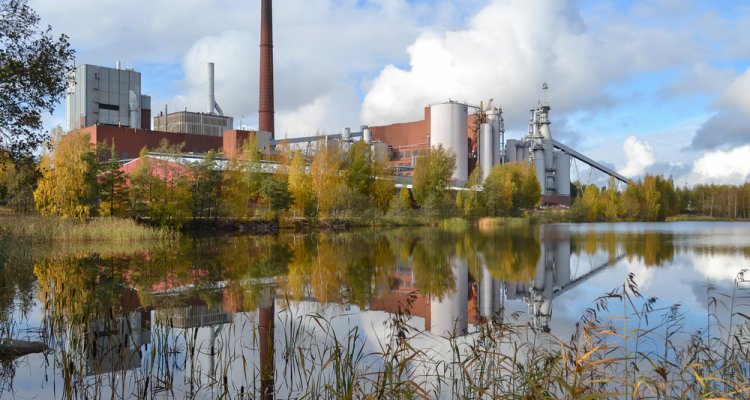
News
The use of biomass for circular biobased materials and chemicals
The Dutch Social and Economic Council of the Netherlands (SER) advice on the use of biomass is a good step towards the high-quality use of biomass. The report “Biomass in balance” of this important governmental advisory body was issued on 8 July to the Dutch government and Parliament. Main advise was a sustainability framework for the high-quality use of bio-based raw materials which creates more space to use biomass as source for materials and chemicals. If the market uses this space, these applications can significantly contribute to making the Netherlands more sustainable.
We can use biomass in a smart way, including cornstalks from arable farming, beet pulp from the sugar industry, grass, pruning waste and all kinds of other residual flows from the food industry. We can use these to make useful products that replace fossil resources. For example, bio-asphalt, board material for construction and composites for the automotive industry; and also biobased plastics and plant based chemicals such as lubricants, soap, paints and coatings. Because we can use biomass for many more applications than just energy, it first of all is necessary to know what we can do with which biomass resource. In addition to the technical possibilities, we must also explicitly take into account the carrying capacity of nature. amongst others we should not exhaust the earth, but rather, keep our CO2 and mineral balance in order. We also have to take into account the impact on people. Therefore, the use of biomass should preferably not be competitive with the food supply and should not have any direct negative effects on human health. And last but not least, we must take into account the concerns that society has about the use of biomass.
The use of biomass for materials and chemicals fits with the cascading and total use concepts
Biomass is a broad term and describes a wide variety of biogenic resources of vegetable and, to a lesser extent, animal origin. It also usually refers to flows that are not intended for the food. It is important to distinguish between the different types of use of biomass, because you can make completely different products with unsold tomatoes or sugar beet greens, for example, than with vegetable cooking oil, organic municipal waste or roadside grass. And seaweed and rapeseed offer other options.
It is the vision of Wageningen University & Research to use biomass as much as possible according to the cascading principle, i.e. with the highest possible added value for nature, soil, people and society. When applied for materials and chemicals, we always first check whether this waste stream is still suitable for human consumption; then if it is useful for cattle feed, materials and chemicals; and finally, whether it can be used to make biofuels. Burning for heat and electricity production is the last choice of application. Obviously, this must be within the limits of nature. Effectively this approach implies the bulk of the biomass must be used in chemicals, materials and animal feed.
Transition from a fossil to a circular bio-economy
The current generation of materials and chemicals is largely made from the residual flows of the fossil fuel industry. With the switch to sustainable and renewable energy sources, the availability of these petrochemical residual flows will disappear and we will be forced to switch to organic raw materials for materials and chemicals. The good news is that we have been researching this for more than 35 years and that we can make almost anything from the residual products from the agri-food industry. In addition, it will also be possible to make products from crops specially grown for this purpose, as long as they do not hinder food production. Co-production with food crops, for example, works very well on land that is unsuitable for food production.
Is there sufficient biomass for all of our needs?
Sufficient biomass is available for our needs in terms of materials and chemicals, but not for our current energy consumption. We are currently using too much energy and need to focus much more on saving energy. In addition, we also need to use the biomass we have in a smarter way and use the vast majority of it for materials and chemicals, because in this way they can contribute to the capture of CO2. This also means combatting food waste and making much better use of residual flows from the agri-food industry. We can certainly also use a small part of it for biofuels under strict conditions. In short, WUR agrees with the SER advice issued: biomass is a fantastic, versatile organic raw material that plays a major role in the transition to a healthy planet, provided we use it wisely.